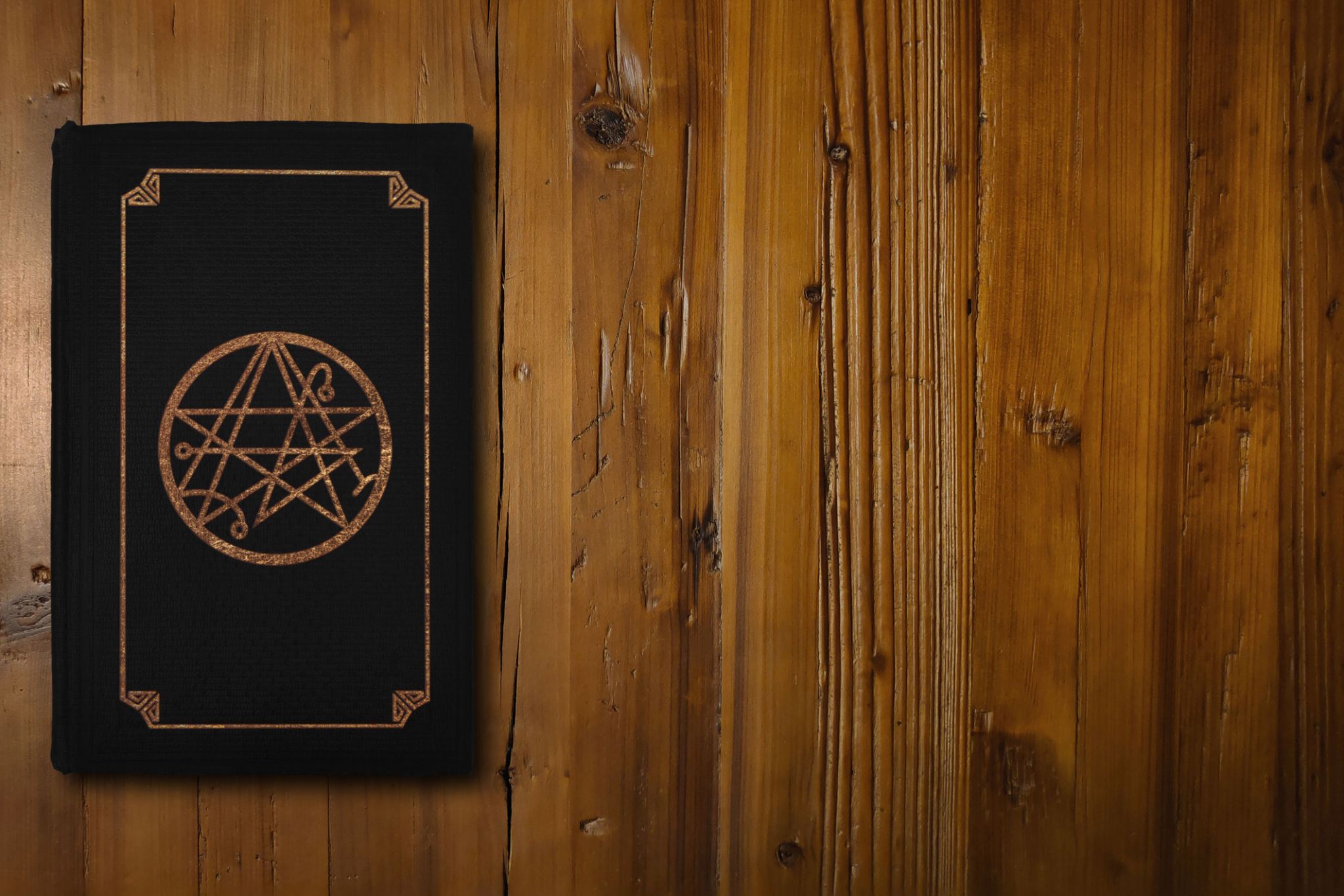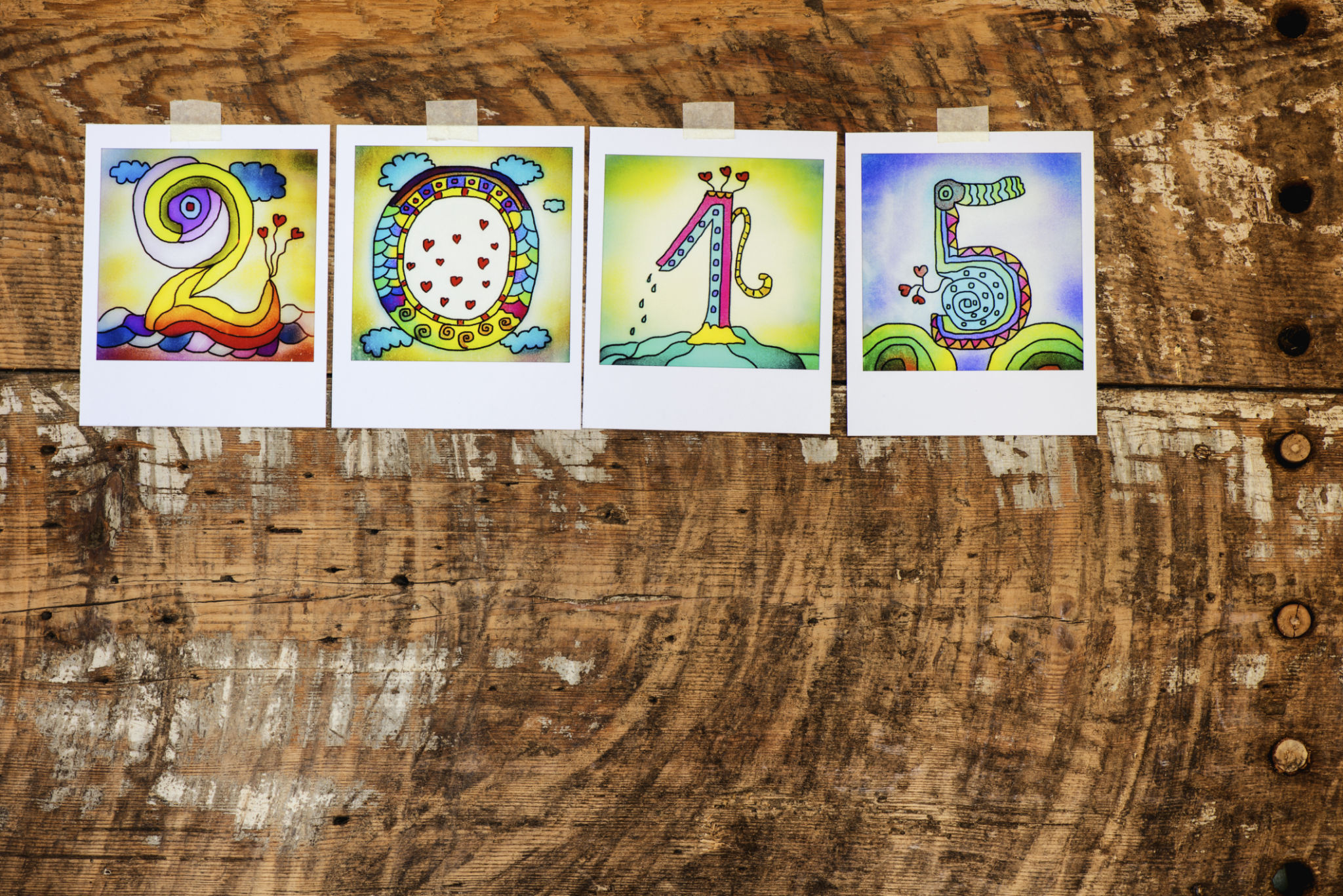The Evolution of Tarot: From Ancient Practices to Modern Interpretations
The Origins of Tarot
The history of tarot cards is as mysterious as the symbols they bear. Originating in the 15th century, tarot cards were initially used for playing a game similar to modern-day bridge. It wasn't until the 18th century that they began to be associated with mystical and divinatory practices. The transition from game to tool of divination marked the beginning of a rich tradition that continues to evolve today.

These early tarot decks, often hand-painted and richly adorned, were primarily found in Italy. As they spread across Europe, different cultures added their own interpretations, leading to a variety of tarot decks and styles. The symbolism within these cards drew from a mix of mythology, religious iconography, and contemporary society, making them both a reflection of their times and a tool for introspection.
Development Through the Ages
As tarot became more popular, the decks began to reflect broader philosophical and spiritual movements. The 18th and 19th centuries saw a surge in interest in the occult and mystical aspects of life. During this period, tarot cards were often linked with astrology and other esoteric sciences, gaining a reputation as a powerful divinatory tool.
The Rider-Waite deck, created in 1909 by artist Pamela Colman Smith under the guidance of mystic A.E. Waite, revolutionized the tarot world. Its imagery and symbolism made it accessible to a wider audience, enabling individuals to connect with the cards on a personal level. This deck remains one of the most popular in use today.

The Modern Revival
In recent decades, there has been a resurgence of interest in tarot as people seek ways to connect with their inner selves and navigate the complexities of modern life. This revival has led to an explosion of new decks that reflect a wide range of themes and cultures, from feminist and LGBTQ+ perspectives to decks that incorporate environmental themes.
Modern tarot readers often emphasize its use as a tool for self-reflection rather than fortune-telling. The focus has shifted towards using the cards to gain insights into one’s personal journey, challenges, and opportunities for growth. This introspective approach has made tarot more accessible and appealing to a diverse audience.

Popular Interpretations Today
Today's tarot practitioners utilize various methods to interpret the cards. Some prefer traditional spreads like the Celtic Cross, while others create personalized layouts that suit their specific needs or questions. The flexibility in interpretation allows users to explore different aspects of their lives and find meaning in the cards.
- Traditional Readings: Focus on established spreads and card meanings.
- Intuitive Readings: Encourage users to rely on their intuition and personal connection with the cards.
- Themed Decks: Offer insight through specific cultural or thematic lenses.
The Cultural Impact of Tarot
Tarot's influence extends beyond spiritual practices; it has permeated popular culture, art, literature, and even psychology. Many artists draw inspiration from tarot imagery, while writers incorporate its themes into storytelling. Psychologists have also explored its potential as a therapeutic tool, using it to help clients unlock subconscious thoughts and emotions.
The adaptability and rich symbolism of tarot ensure its continued relevance. As society evolves, so too does the practice of tarot, continually offering new ways for individuals to explore their inner worlds and connect with the universe around them.